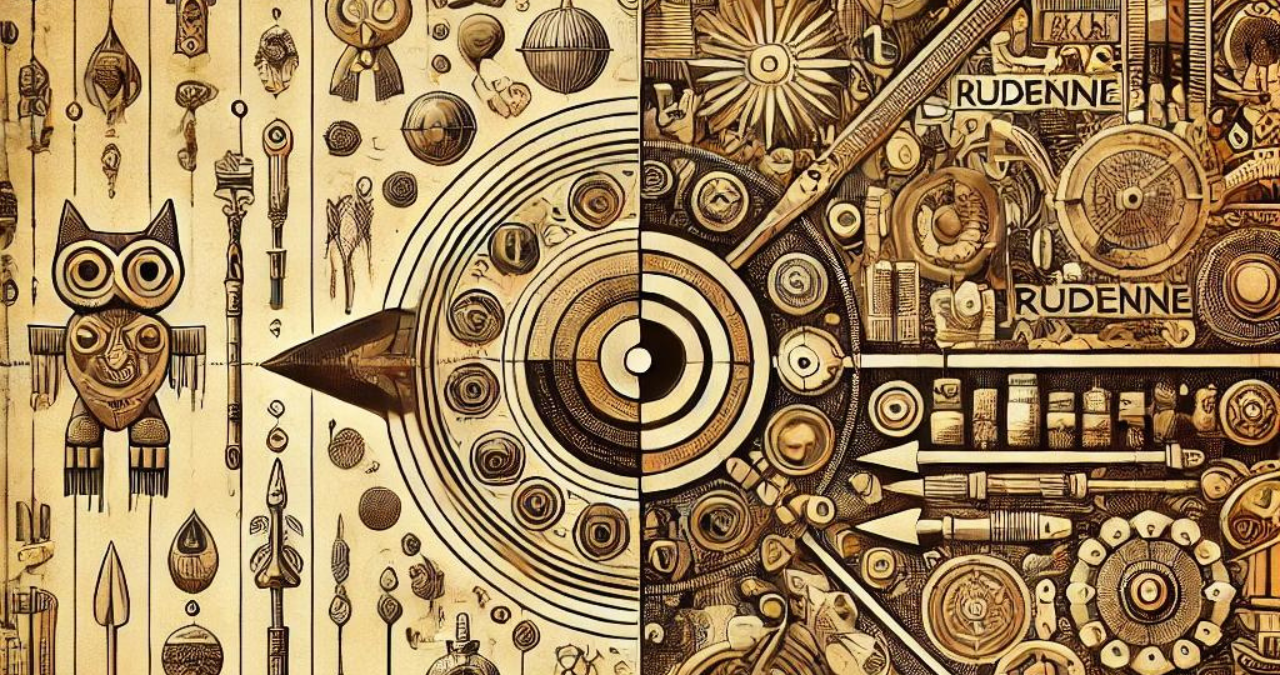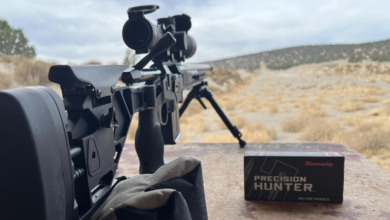Introduction
Ruderne, a term that resonates deeply within certain cultural and historical contexts, has evolved significantly. From its origins in ancient traditions to its role in contemporary society, Ruderne’s journey is a fascinating tale of adaptation and transformation. This article delves into the historical evolution of Ruderne, tracing its roots, understanding its significance in various cultures, and exploring how it has transitioned from a traditional practice to a modern concept.
The Origins of Ruderne
The concept of Ruderne is steeped in history, with its roots going back centuries, possibly millennia. The term may have different meanings across cultures, but its essence has remained consistent—representing a set of beliefs, practices, or symbols that hold deep significance within a community.
In ancient times, Ruderne was closely associated with religious or spiritual practices. It often represented a connection to the divine or the supernatural, serving as a medium through which communities could communicate with higher powers. In many cultures, Ruderne was believed to possess protective qualities, warding off evil spirits or ensuring good fortune.
Ruderne in Traditional Societies
In traditional societies, Ruderne played a central role in daily life. It was often integrated into rituals, ceremonies, and other communal activities. The practices surrounding Ruderne were usually passed down through generations, preserving the cultural heritage and maintaining a sense of continuity within the community.
For example, in certain indigenous cultures, Ruderne was integral to rites of passage, such as coming-of-age ceremonies or marriage rituals. These practices were not merely symbolic but were believed to have real-world effects, influencing the lives of those involved.
The material aspects of Ruderne—such as artifacts, symbols, or totems—were often crafted with great care and reverence. These objects were seen as tangible representations of the intangible, imbued with spiritual power and meaning.
The Transition to Modernity
As societies began to modernize, the role of Ruderne started to change. The rise of scientific rationalism and the decline of traditional religious beliefs led to a shift in how Ruderne was perceived. In many cases, what was once considered sacred or supernatural began to be viewed through a more secular lens.
However, this does not mean that Ruderne disappeared. Instead, it adapted to the changing times. In some cases, the practices surrounding Ruderne were reinterpreted in light of new knowledge and understanding. In others, they were preserved as cultural heritage, valued for their historical significance rather than their spiritual power.
The material aspects of Ruderne also evolved. With the advent of industrialization and mass production, the handmade artefacts that once represented Ruderne were often replaced by factory-made items. While these new objects might lack the same level of craftsmanship, they still carried symbolic weight and played a role in cultural practices.
Ruderne in Contemporary Culture
In today’s world, Ruderne has found new life in various forms. While it may no longer hold the same religious or spiritual significance as it once, it remains an important part of cultural identity for many communities.
One of the most notable examples of Ruderne’s modern evolution is its incorporation into popular culture. From fashion to music, Ruderne has been reimagined and reinterpreted in ways that resonate with contemporary audiences. This has allowed it to reach a wider audience and gain new meanings and associations.
Moreover, Ruderne has also been embraced by movements that seek to reconnect with traditional practices and values. In an age of rapid technological advancement and globalization, there is a growing interest in preserving and revitalizing cultural heritage. For many, Ruderne represents a link to the past, offering a sense of continuity and belonging in an increasingly fast-paced world.
The Globalization of Ruderne
The global spread of information and ideas has also played a significant role in the evolution of Ruderne. As people from different cultures come into contact with one another, they exchange practices, beliefs, and symbols. This has led to the emergence of hybrid forms of Ruderne, which blend elements from multiple traditions.
For example, Ruderne might now be practised by people outside of its original cultural context, who have adapted it to fit their needs and values. This process of globalization has allowed Ruderne to become more dynamic and diverse while still maintaining its essence.
At the same time, globalization has also posed challenges for Ruderne. The commercialization and commodification of cultural practices can lead to the loss of their original meaning and significance. As Ruderne becomes more widely recognized and popularized, there is a risk that it may be reduced to a mere trend or fashion statement, devoid of its deeper cultural context.
Preserving Ruderne for Future Generations
As we look to the future, preserving Ruderne while allowing it to evolve remains crucial. This requires a careful balance between honouring tradition and embracing change. Communities that practice Ruderne must navigate the tension between maintaining authenticity and adapting to new circumstances.
One approach to preserving Ruderne is through education and cultural exchange. By teaching younger generations about its history and significance, we can ensure that they understand its value and continue to practice it in meaningful ways. Additionally, cultural exchange programs can foster mutual understanding and respect between communities, allowing Ruderne to thrive in a globalized world.
Conclusion
The historical evolution of Ruderne from tradition to modernity is a testament to its resilience and adaptability. While its role and significance may have changed, Ruderne remains vital to cultural identity for many communities worldwide. As we move forward, it is important to recognize the value of Ruderne, not only as a connection to the past but also as a living, evolving tradition that can inspire and enrich our lives today.
5 FAQs About “The Historical Evolution of Ruderne: From Tradition to Modernity”
- What is the origin of Ruderne?
- Ruderne originated in ancient times, deeply rooted in religious or spiritual practices. It has been integral to various cultural rituals and ceremonies, representing a connection to the divine or supernatural.
- How has Ruderne evolved in modern times?
- Ruderne has adapted to modernity by transitioning from a strictly religious or spiritual practice to a cultural symbol. It has found new life in contemporary culture, including popular culture, and has been embraced by movements seeking to preserve traditional practices.
- What role does Ruderne play in today’s society?
- In today’s society, Ruderne continues to symbolize cultural identity. It is appreciated for its historical significance and is often reinterpreted to fit modern contexts, including fashion, music, and cultural preservation movements.
- How has globalization impacted Ruderne?
- Globalization has led to the spread of Ruderne across different cultures, resulting in hybrid forms that blend elements from various traditions. However, it has also posed challenges, such as the risk of commercialization and loss of original meaning.
- What can be done to preserve Ruderne for future generations?
- Preserving Ruderne involves education and cultural exchange. Teaching younger generations about its history and significance and fostering mutual understanding between different communities can help maintain the practice’s authenticity while allowing it to evolve.
You May Also Read: https://usaredmagazine.com/thezburg-voodoo/




